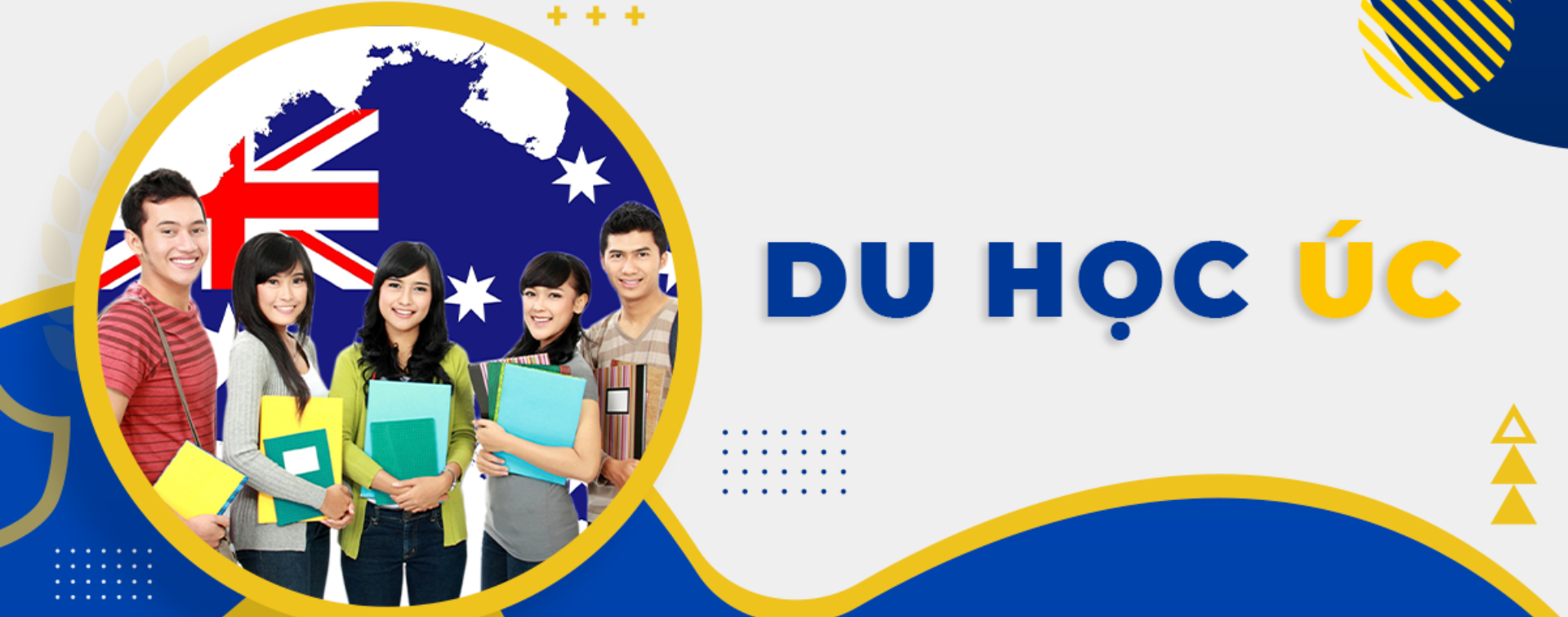Short-term - Medium to Long-term
The primary purpose of skilled migration programs is to use external skilled migrants to supplement the domestic labor force where there are shortages. Therefore, depending on the capacity of domestic education and training to meet labor demands, occupations may be classified as short-term or medium to long-term. Short-term occupations are generally understood to reflect temporary shortages and can often change. For states, once they have received enough applications for these occupations, they may temporarily close local sponsorship applications for that fiscal year. This frequently occurs, and when you log into the immigration websites of various states, you may encounter occupations that remain on the migration list but are temporarily closed for new applications. These occupations will also be removed from the list when the federal government determines that domestic labor needs have been sufficiently met. In contrast, medium and long-term occupations tend to be more stable, as the shortages in these fields are more "long-term" or because the government intends to develop these sectors. Examples include occupations in healthcare (nursing, specialized practitioners), information technology, and engineering fields.














